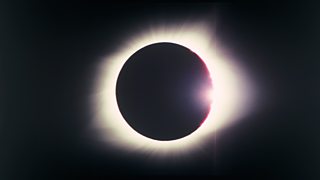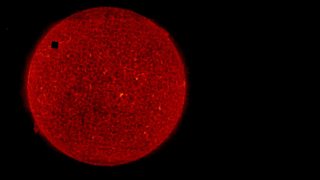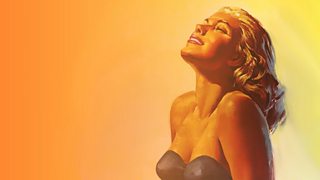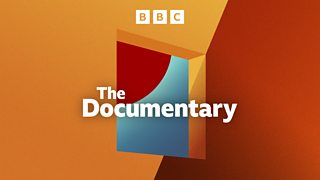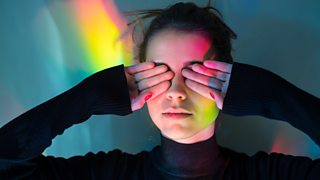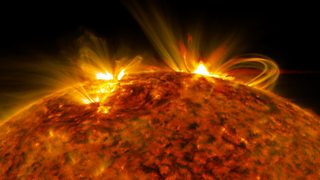
The Sun, Our Star
Dava Sobel, author of Longitude, Galileo’s Daughter and the Glass Universe, explores the immense relationship we have with our nearest star.
In five programmes, Dava Sobel orbits the sun, getting as close as she dares, to understand the immense relationship we have with our nearest star.
The Sun, our star, the source and sustainer of all life on Earth... is also a death star in the making.
To know the Sun is an age-old dream of humankind. For centuries astronomers contented themselves with analysing small sips of Sunlight collected through specialised instruments. They chased after eclipses that exposed otherwise hidden layers of the Sun’s substance. And they launched Earth and Sun-orbiting observatories to monitor our star from space. Today several satellites ‘watch’ our star from outer space. In August 2018, NASA’s Parker Solar Probe, set off on a mission to go so far as to ‘touch the sun’ for the first time…
Our view of the sun from here, is relatively murky, but it’s a trade-off we Earthlings have to accept: the protective bubble of the Earth’s magnetic sphere and atmosphere provides air to breathe and a shield against harmful radiation, but it distorts our view of the heavens. Nevertheless, astronomers have managed to piece together an understanding of the stars, and especially the Sun itself... how it’s constructed, how it behaves, how it came to be, forming from a vast cloud of cold hydrogen gas and the dust of older stars in a sparsely populated region of the Milky Way.
Dava Sobel, author of Longitude, Galileo’s Daughter and the Glass Universe among many books, is considered to be one of the leading science writers of our time. In her hands, astronomy is as poetic as it is precise.
Image: The sun (Credit: Science Photo Library)
